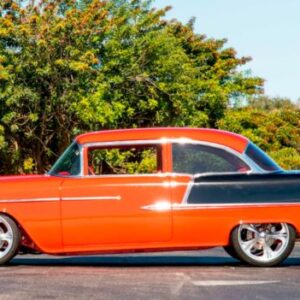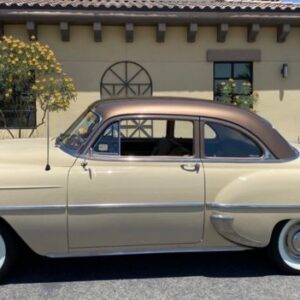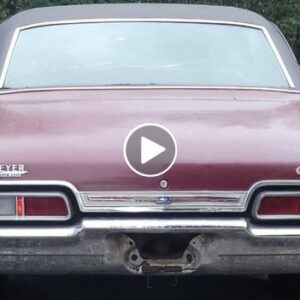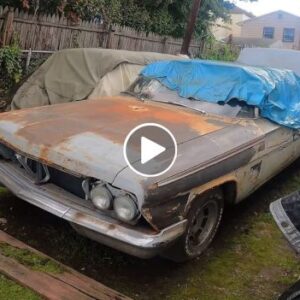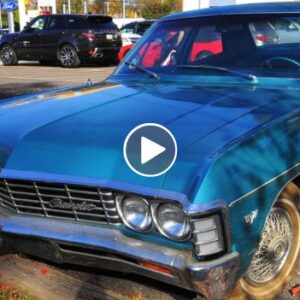Ford was riding high in the late 1960s when pen and paper first paired to produce to the Pinto, but the future outlook wasn’t so rosy. Models like the Volkswagen Beetle and a new wave of Japanese subcompact models were being imported, and buyers were taking notice. Not one to sit on the sidelines, Ford went to work on creating its own subcompact car to compete, and thus the ideation of the Pinto was born in 1967 with a target date of offering the model in 1971.
With a truncated timetable, Ford imagined the Pinto and rolled models off the assembly line in just over two years at a time in which most new models were developed over three to four years. According to case studies on the issue, Ford effectively pumped the brakes on any issues that could cause developmental delays.
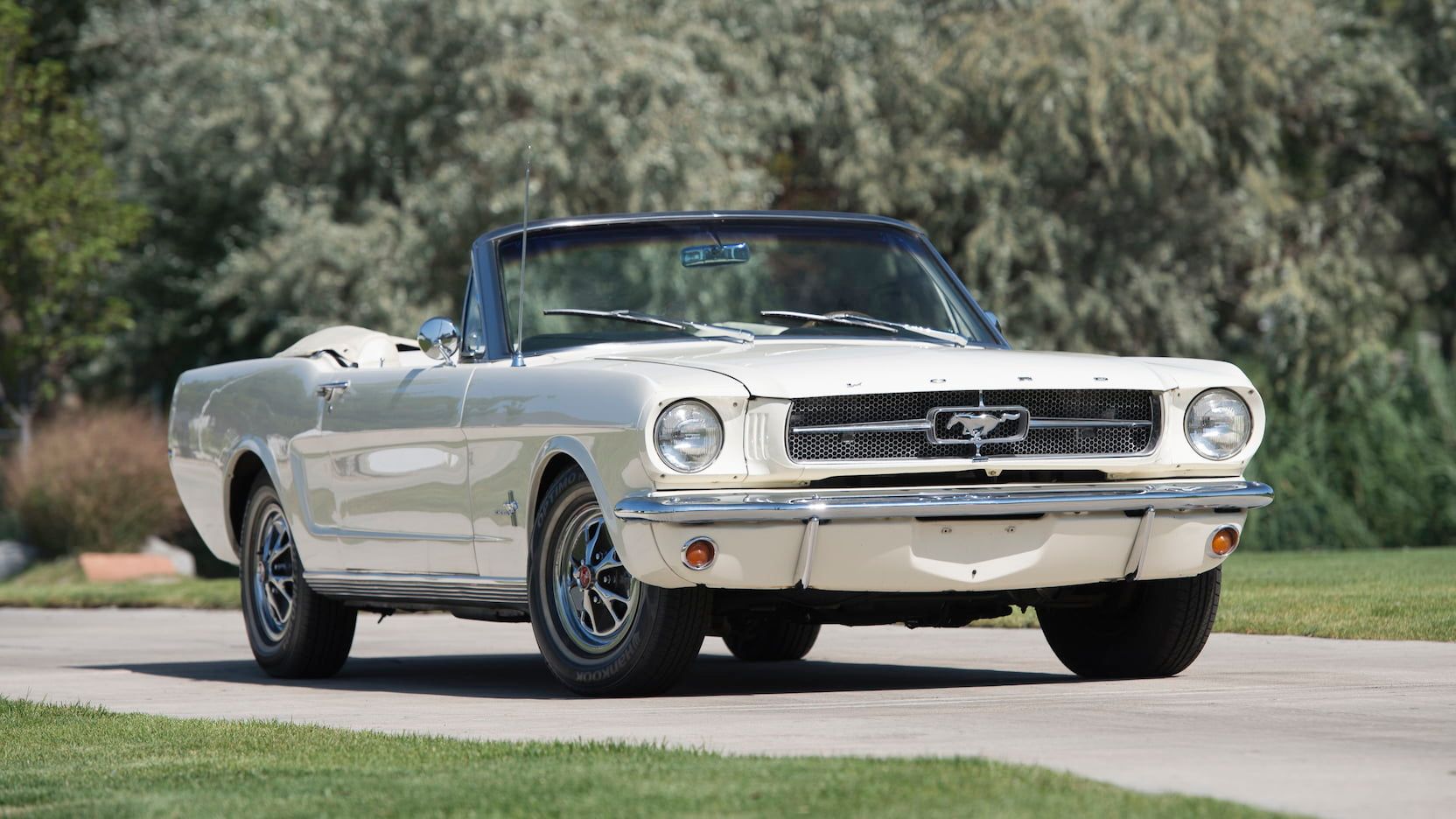
Lee Iacocca has certainly earned his throne among the most heralded automotive personalities. After all, he led the development of the Ford Mustang and inspired Ford to get back into racing and thus create the four-time 24 Hours of Le Mans-winning GT40. Later, he revived the Chrysler brand as its CEO, effectively bringing the minivan to the masses, and led Chrysler’s purchase of AMC (which owned the Jeep Grand Cherokee design).
The Pinto was essentially the brainchild of Iacocca, who aimed to turn the tide of Japanese imports dominating the relatively new-to-the-U.S. subcompact market, and thus he was behind the Pinto’s rapid development timetable, and his mandates for the car’s production became a sticking point when the Pinto’s fuel leaking issue came to surface.
8 The Pinto Was Designed To Weigh Less Than 2,000 lbs. And Cost Under $2,000
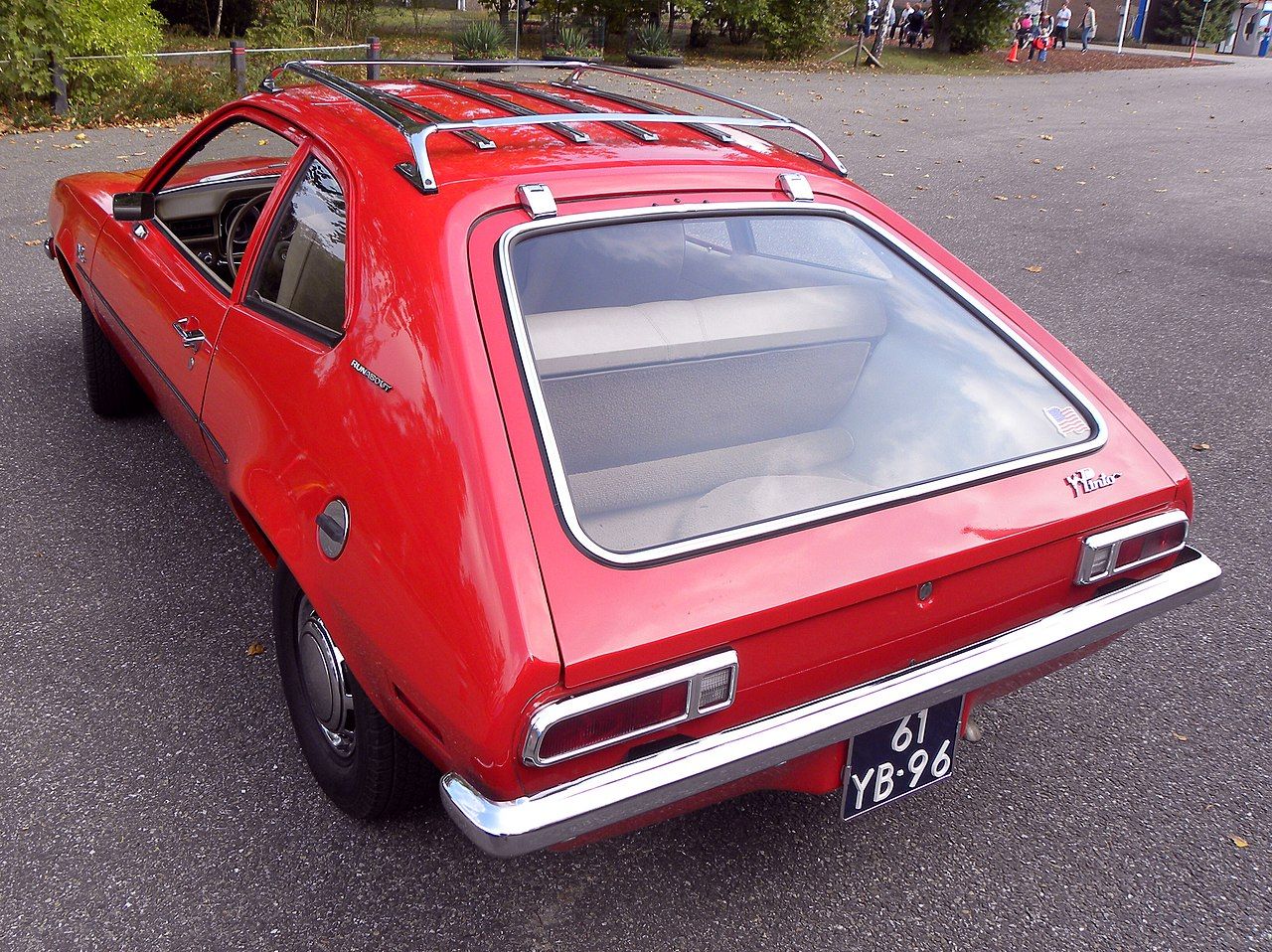
Iacocca, and later his fellow Ford suits, decreed that for the Pinto to be competitive in the newly developed subcompact market, it must cost less than $2,000 new and weigh under 2,000 pounds. These ambitious targets, coupled with a short timetable, were met, with the Pinto arriving at dealerships under its target weight and at $150 cheaper than its price goal.
The rapid production and hardlines on cost and weight caused Ford management to essentially re-think its development of cars, such as simultaneously creating machine tooling while the model was still being developed. The idea of continuing forward momentum seemed to dictate all aspects of the Pinto, including when its leaky gas tank became a known issue through the automaker’s ranks.
7 Early Crash Tests Revealed The Pinto’s Fiery Problem

The 2,000 pound and $2,000 price mandates were put in place by Ford, but it was an upcoming federal regulation that foreshadowed the Pinto’s now-infamous fuel tank. The NHTSA mandated a new safety standard that all models could withstand a rear-impact crash of 20 mph without fuel loss, and by 1973, that all models suffered no fuel loss with rear impacts up to 30 mph.
To get ahead of the curve, Ford crash-tested the Pinto more than 40 times before its arrival on the market, and the Pinto simply couldn’t meet this standard — its fuel tank was leaking fuel during such crashes and creating a serious fire risk in all rear impact crashes over 25 mph. The only models that could pass the test had certain modifications to the fuel tank, fixes that would not make their way to production models.
6 A Suitable Fix For The Pinto’s Fuel Tank Would Have Cost About $11 Per Car
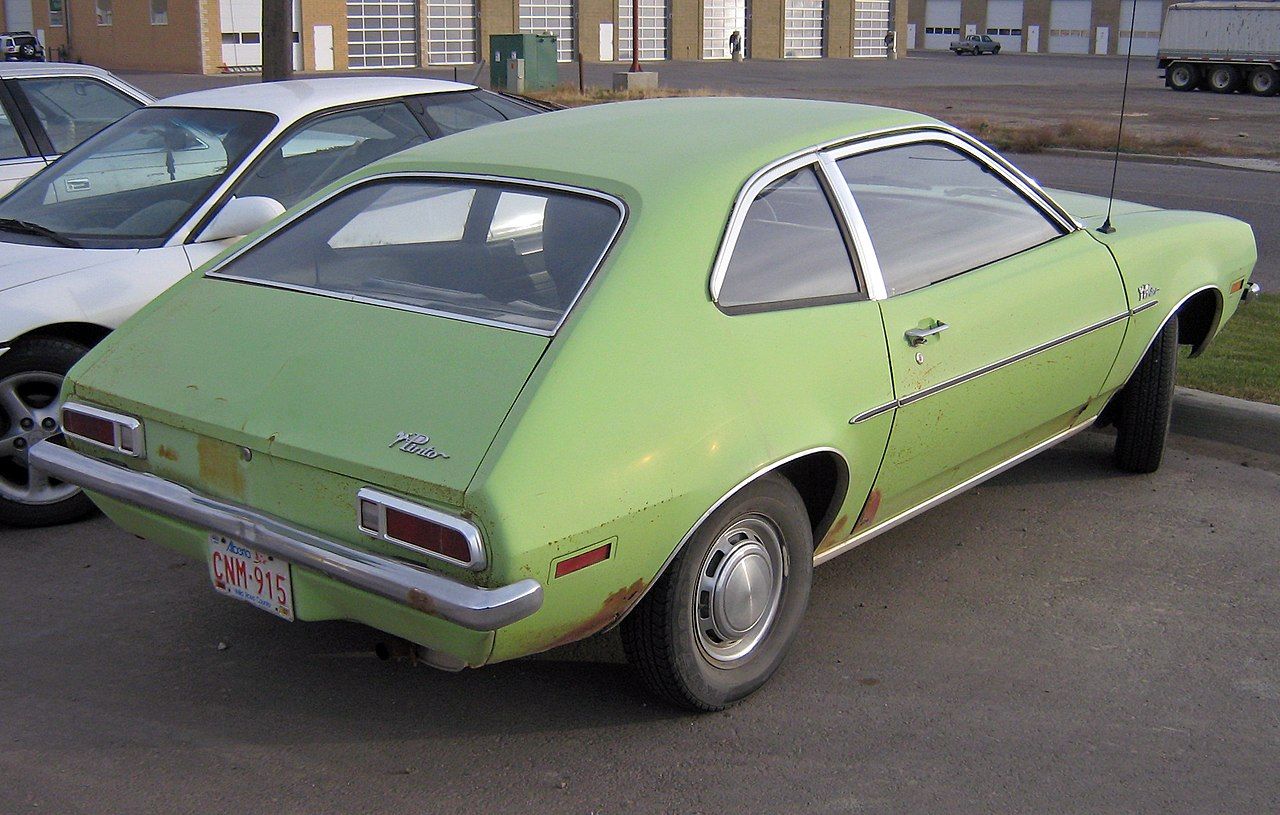
Stemming the Pinto’s fuel tank issue through engineering upgrades would have hardly broken Ford’s bank. Yet, solutions like lining the tank with a nylon bladder or increasing rear structural protection were deemed too expensive and would add weight, making it even harder for engineers to meet the 2,000-pound and $2,000 limitations set on the model.
Even including a baffle between the fuel tank and differential housing for a cost of about $11 per car could have solved the issue, or at least mitigated it, but Ford opted for the Pinto to go without, and thereby create a deadly problem for buyers and a PR nightmare for the Blue Oval.
5 The Pinto Was Among A New Wave Of Domestic Subcompacts

With Ford’s decision to move ahead with the Pinto despite knowing its fuel tank would leak in a fairly low-speed rear impact, the automaker met its production goal to enter the market in 1971. The Pinto slotted against the subcompact imports from the other side of the Pacific and Atlantic and domestic models like the AMC Gremlin and Chevrolet Vega.
Originally offered as only a two-door sedan with a fastback roof, the Pinto carried a price tag of $1,850, which was cheaper than the Vega and on par with import models from Mazda, Subaru, and Honda. It was originally powered by an inline-four engine with 75-100 horsepower. Later in its life cycle, the Pinto would be fitted with larger output engines and was available as a station wagon and hatchback.
4 Ford Spent Millions In Court Cases, Lobbying, Instead Of Recalling The Pinto
If the Pinto had been a flop, it might not be so infamous today. But the Pinto was a success, becoming a best-selling model in its subcompact segment. That meant more people were prone to death and injury as a result of its faulty fuel tank, but Ford practically dismissed the issue for the sake of its bottom line. A report on “crash-induces fuel leakage and fires” submitted to the NHTSA noted that the cost was far less to pay damages for drivers killed than to recall a model.
Thus, Ford spent millions lobbying against federal safety regulations and paid millions more in damages related to Pinto crashes versus stymying the issue through a recall. Approximately 50 lawsuits were levied against Ford due to Pinto-related accidents, and Ford’s grisly prediction it was cheaper to simply pony up for a loss of life in many cases proved to be true. In perhaps the most well-known lawsuit, Ford was ordered to pay over $125 million in punitive damages, but a judge later reduced that figure to just $3.5 million.
3 A Report On The Pinto’s Fiery Problem Earned A Pulitzer Prize
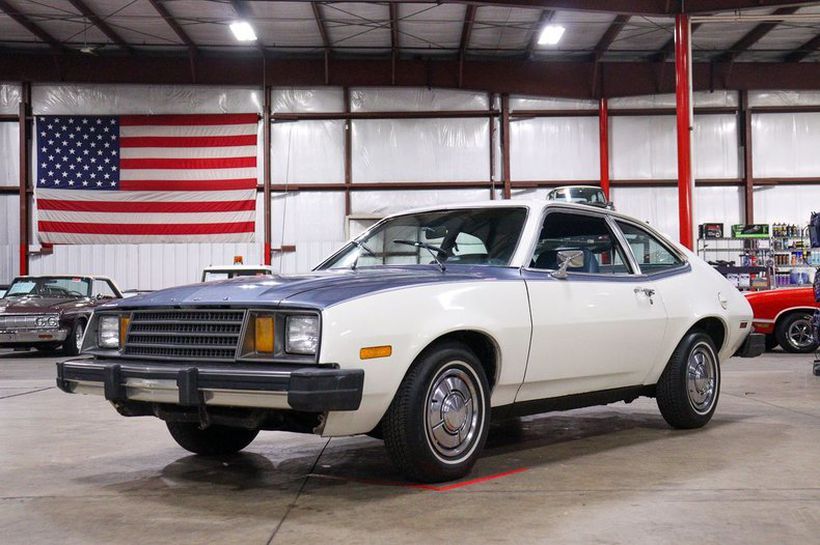
A landmark in the Pinto’s history was an investigative journalism piece by Mark Dowie for Mother Jones titled “Pinto Madness” that appeared in a 1977 edition of the publication. “Pinto Madness” illustrated that Ford was well aware of the fuel tank issue, its valuation of a human life at $200,000 from Ford’s study, and it told the story of several Pinto drivers and passengers who had been killed as a result of the faulty fuel tank.
The article alleged that hundreds of Pinto passenger deaths could have been avoided, an aspect of the article that later spurred its criticism. The article went on to win a Pulitzer Prize and forever cemented the Pinto’s infamy. And like Ralph Nader’s “Unsafe At Any Speed,” which charged automakers with a reluctance to introduce safety features that could save lives, “Pinto Madness” helped put automotive safety issues at the forefront of many buyer’s concerns.
2 The Pinto Was Eventually Recalled For Its Fuel Tank
Eventually, Ford decided to voluntarily recall all Pinto models between 1971-76 due to the fuel tank. It retrofitted models with a longer fuel tank filler neck and a plastic shield separating the tank from the differential to mitigate fuel leakage during a rear crash. Though the Pinto was recalled and it undoubtedly caused numerous unnecessary deaths, a study published in 1990 by a professor at the UCLA School of Law found the Pinto was not any more dangerous than the subcompact cars of its time. An NHTSA study found the Pinto was responsible for 298 deaths per million cars in 1975, which was just 10 more than that Vega and less than the Toyota Corolla, Datsun 1200/210, and Beetle.
1 The Ford Pinto Is Still Used As A Study In Business Ethics

A leading factor in the Pinto’s infamy is that the model and Ford’s reaction to continuing to produce the car knowing it posed a potentially deadly risk to passengers is still used as a study case in business ethics today. The Grisham v. Ford Motor Co. lawsuit is also used as a study in personal injury tort cases. The lawsuit, in which Ford was ordered to pay over $125 million in damages for the death of driver Lily Gray and numerous third-degree burns to passenger Richard Grimshaw, was at the time the largest product liability/personal injury award in U.S. history, and highly publicized the Pinto’s faulty design. A judge later reduced Ford’s monetary liability to just $3.5 million.

